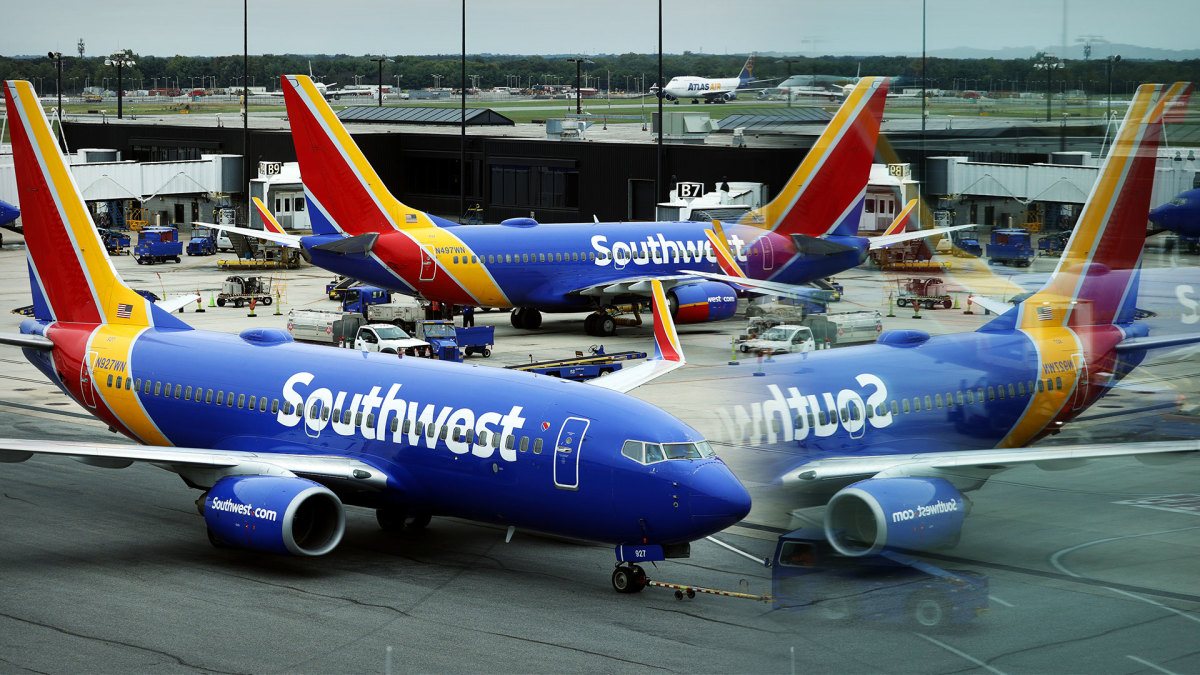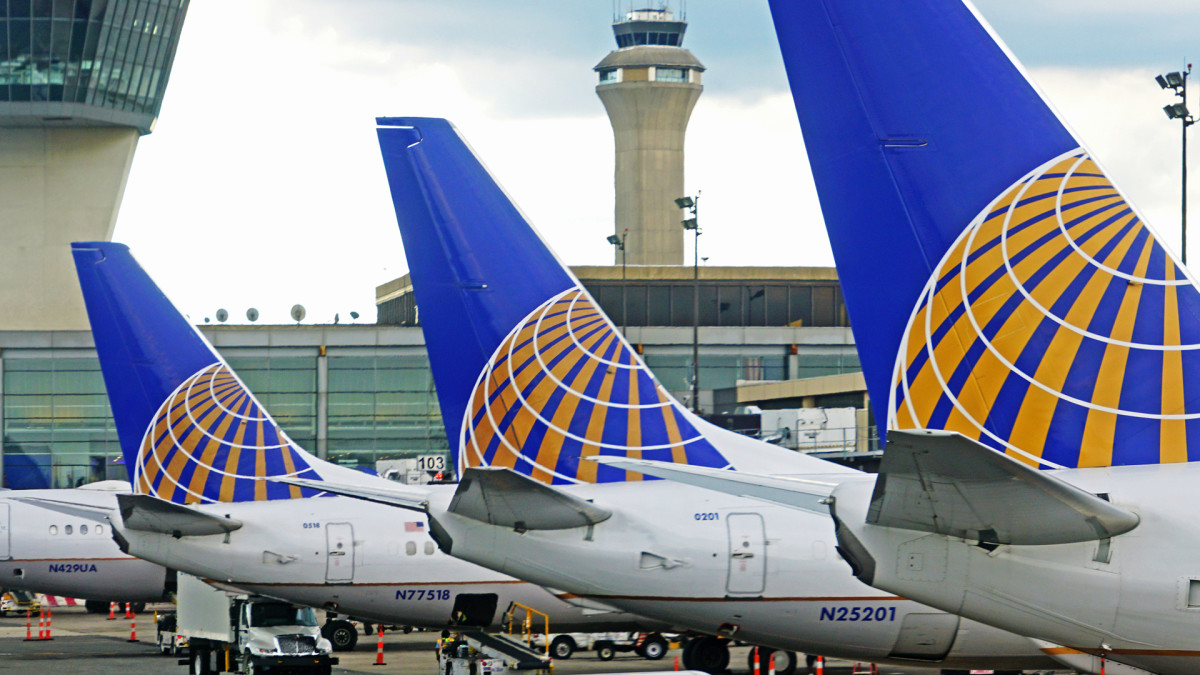
If a single airline's workers strike, it will throw the entire U.S. travel network into disarray.
Even one airline shutting down would cause prices to spike for available seats on other carriers and on trains, as well as the cost of rental cars. If multiple airlines strike at the same time, it would cripple the travel industry across the country.
DON'T MISS: United Airlines and Delta Air passengers get bad news
Multiple strikes once seemed impossible but now seem possible. Four major airlines — American, United (UAL) -), Alaska, and Southwest — have been unable to reach labor deals with their flight attendants.
Southwest Airlines (LUV) -) has labor problems not only with its flight attendants; it also has yet to reach a deal with its pilots, who have voted overwhelmingly to strike.
It's an ugly situation that could lead to strikes during the holiday travel season. And that would put enormous pressure on the airlines to settle — leverage the flight attendants unions and the Southwest Airlines Pilots Association are well aware of.
Walking out, however, is not as simple as the workers voting to strike. The unions have legal hurdles to clear before they strike, but in the coming months the unions seem likely to clear them.

Image source: Shutterstock
American, Southwest, United, and Alaska Airlines face issues
Currently, the union representing American Airlines and flight attendants has asked for federal mediation. United Airlines flight attendants have not reached that stage, but have held pickets "at 19 airports around the US to demand the airline negotiate a new contract with the AFA-CWA, which represents more than 25,000 flight attendants at the airline, the Guardian reported.
Alaska Airlines flight attendants have requested federal mediation while Southwest's have held pickets.
Southwest Airlines is already in federal mediation with its pilots union run by the National Mediation Board, an independent federal agency. The board has the power to prevent a strike as it decides whether an impasse has been reached.
Governed by the Railway Labor Act, the mediation board controls the mediation process and decides when it ends. The agency has already denied a request from the Southwest pilots union to be released from its mediation with the carrier.
"The [National Mediation Board] can keep the parties in mediation indefinitely, so long as it feels there is a reasonable prospect for settlement," according to the Railway Labor Act. "However, if mediation fails, the [board] must endeavor to induce the parties to submit the controversy to binding arbitration, which can take place, however, only if both consent,"
Getting to a strike is a lengthy process. The system is designed to do everything possible to prevent a work stoppage, to protect the nation's transportation infrastructure.
The Arena Media Brands, LLC and respective content providers to this website may receive compensation for some links to products and services on this website.
READY FOR YOUR DREAM VACATION? Let our expert travel team help you get the best deal possible.
Here's how airline strikes could happen
In the event of an impasse, if either side rejects binding arbitration, both parties must maintain the status quo — meaning the union can't strike and the airlines can't impose a lockout — for 30 days. During that period, the board must decide whether the dispute threatens "substantially to interrupt interstate commerce to a degree such as to deprive any section of the country of essential transportation service."
If that happens, the agency must notify the president, who can create a Presidential Emergency Board. This emergency board can investigate for a second 30-day period and then issue nonbinding suggestions to resolve the dispute.
While the dispute is working its way through these stages, and for an additional 30 days following the issuance of the PEB's report, the parties must maintain the status quo, and cannot utilize self-help measures. Although not specifically provided for in the RLA, the NMB typically works with the parties to try to induce a last-minute settlement or voluntary extension of the status quo.
If, after the final 30-day status quo period has expired, a settlement has not been reached, the parties are free to resort to self-help and cannot be enjoined from doing so
Basically, the airlines and the unions are at the mercy of the National Mediation Board, which can keep them at the bargaining table forever. That's not likely to happen, and a release from arbitration essentially sets the clock running.
Essentially, three 30-day periods are built into the process, and those periods are designed to give the federal agency time to resolve the dispute.
For the airlines in mediation (and the ones headed there), more requests to be released from arbitration might be made in September. If the mediation board grants any of those requests — each one is independent of the others — then the clock starts on releasing the unions to strike, which would line up with the holiday season.
Southwest's pilots have voted to authorize a strike, as have American's flight attendants. Alaska Airlines, Southwest, and United Airlines flight attendants have not yet taken that step.
All four airlines have made public statements saying they are confident that negotiations are moving toward deals with the unions that will prevent a work stoppage.
Get investment guidance from trusted portfolio managers without the management fees. Sign up for Action Alerts PLUS now.







